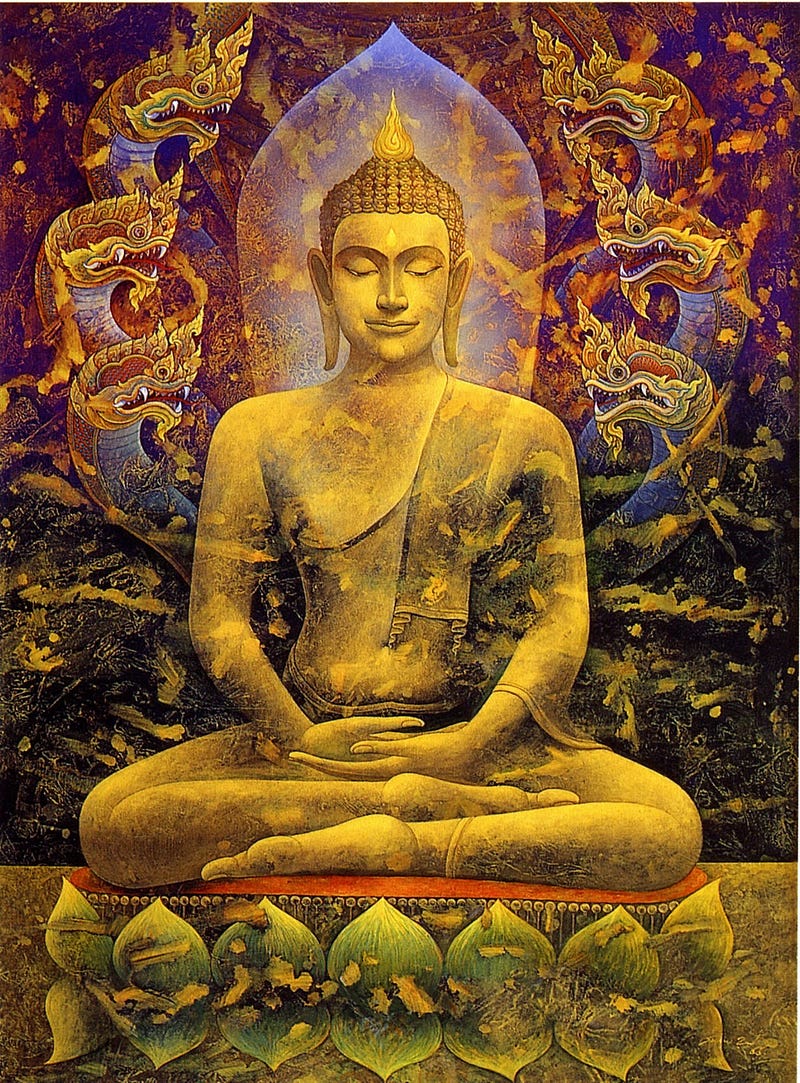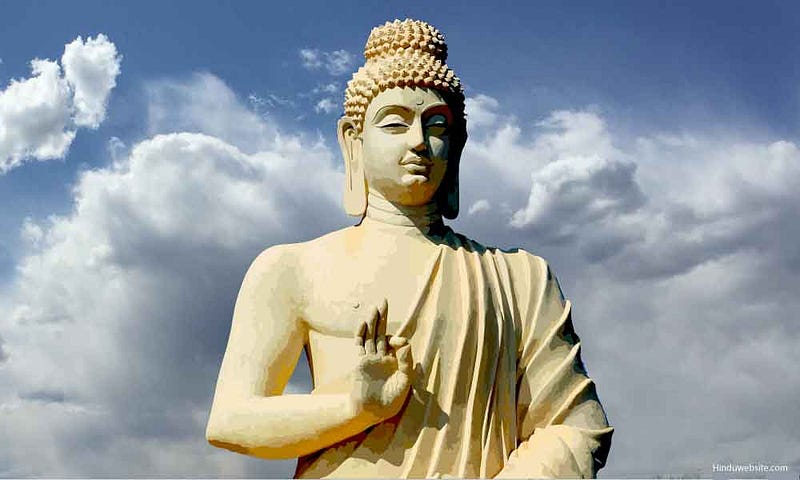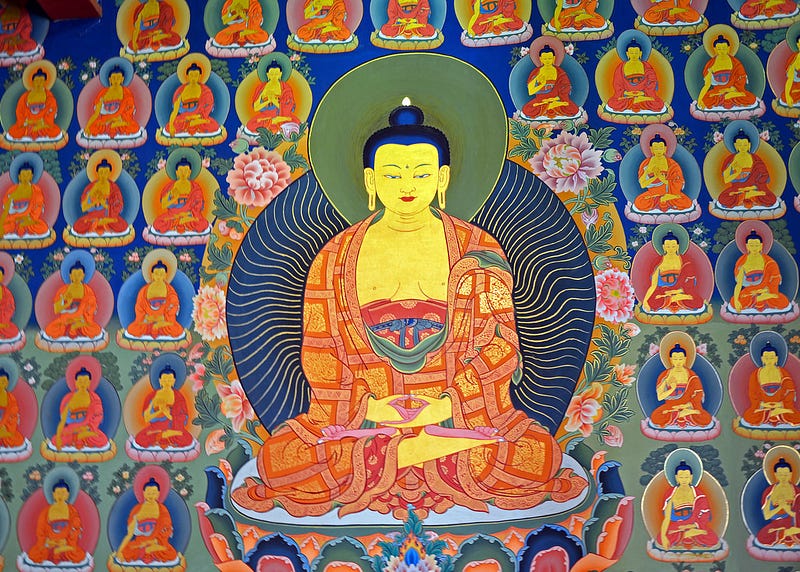Over the centuries, major branches of Buddhism emerged: a transmission that traveled to Southeast Asia, and a transmission that evolved in East Asia. A similarly offshoot of the northern transmission also evolved. All three branches commenced in India, and advanced further as they moved throughout Asia.
Theravada Buddhism

Theravada is assumed to be the oldest form of Buddhism. The time period itself comes into use later, but the Theravada culture upholds the monastic direction and adheres to the oldest surviving recorded sayings of the Buddha, together called the Pali canon. These original texts have been set down within the Pali language by way of clergymen in Sri Lanka in the first century C.E. Prior to this codification, teachings were transmitted orally, and relate to arose that authentic texts ought to be preserved in light of the growing heterodoxy that changed into developing in India.
Theravada acknowledges the primacy and humanity of the historic Buddha. The Buddha become an exemplary figure. Enlightenment is an arduous work, available simplest to monks who explicitly pursue the course of Shakyamuni himself. Theravada is the dominant form of Buddhism these days in Sri Lanka as well as Burma, Thailand, Laos, and Cambodia. The subject depend of Buddhist artwork from these traditions makes a speciality of lifestyles occasions of the Buddha.
Mahayana Buddhism

Mahayana is a philosophical move that proclaimed the opportunity of universal salvation, imparting assistance to practitioners in the form of compassionate beings referred to as bodhisattvas. The aim was to open up the possibility of buddhahood (becoming a Buddha) to all sentient beings. The Buddha ceased to be without a doubt a ancient figure, but as an alternative was interpreted as a transcendent figure who all may want to aspire to become.
New sutras (texts) had been added to the Buddhist canon, causing rifts a number of the numerous sects. Reformers known as themselves the “greater vehicle” (Mahayana), and they categorised the traditionalists the “lesser vehicle” (Theravada). The bodhisattva developed as an enlightened being who postpones his own salvation so as to help others. Initially understood as partners to the Buddha, bodhisattvas are spiritual beings who compassionately vow to attain buddhahood, however have deferred this aspiration as a way to free up all creatures inside the universe from struggling. The most famous bodhisattvas performing in sculpture and portray consist of Avalokiteshvara (bodhisattva of mercy and compassion), Maitreya (the destiny Buddha), and Manjushri (bodhisattva of expertise).
Mahayana additionally spread to Southeast Asia, but its best impact is felt in the East Asian countries of China, Korea, and Japan. As Mahayana developed, it persevered to expand a substantial pantheon of buddhas, bodhisattvas, and other divine and semi-divine beings, drawing from and assimilating local and nearby traditions.
Tantric Buddhism: an addition evolution of Mahayana Buddhism

Tantric or Esoteric Buddhism, every now and then called Vajrayana (the Vehicle of the Thunderbolt), developed about 500–six hundred C.E. In India. An offshoot of Mahayana Buddhism, the origins of Tantric Buddhism can be traced to historical Hindu and Vedic practices as well, including esoteric ritual texts designed to gain physical, intellectual, and religious breakthroughs. Tantric Buddhism is also defined as presenting a shortcut to enlightenment. Because some practices subverted mainstream Buddhism and Hinduism, engaging in acts otherwise considered taboo, its practitioners have been secretive. Initiates worked closely with a spiritual guide or guru.
Vajrayana Buddhism is most carefully diagnosed with Tibetan Buddhism, however, it additionally motivated components of Southeast Asia and East Asia. Buddhism thrived in India for extra than a millennium, attaining an expansive fruits inside the Pala length in jap India. By the 1100s C.E., Buddhism had declined in particular because of Muslim incursions.
Before this time, but, Buddhist doctrine were transmitted to Sri Lanka, which became a in addition point of reference for the spread of Buddhism to Southeast Asia. Travelers and missionaries carried the message of Buddhism by using sea and land routes through Central Asia into China by the first century C.E., Buddhism flourished in China between 300 and 900 C.E. And provided a factor of reference for Buddhism as it evolved in Korea and Japan. Chinese translations of Indian texts contributed to the growth of printing.
Buddhism is still robust nowadays in Japan, Cambodia ,Laos, Korea, Nepal, Sri Lanka, Burma, , Tibet, Vietnam, Thailand and Bhutan. Throughout its records and transmission, Buddhism has been very adaptable to neighborhood belief and customs, and the combination of those local forms with imported beliefs and emblems is a characteristic of Buddhist art during Asia.
No comments:
Post a Comment